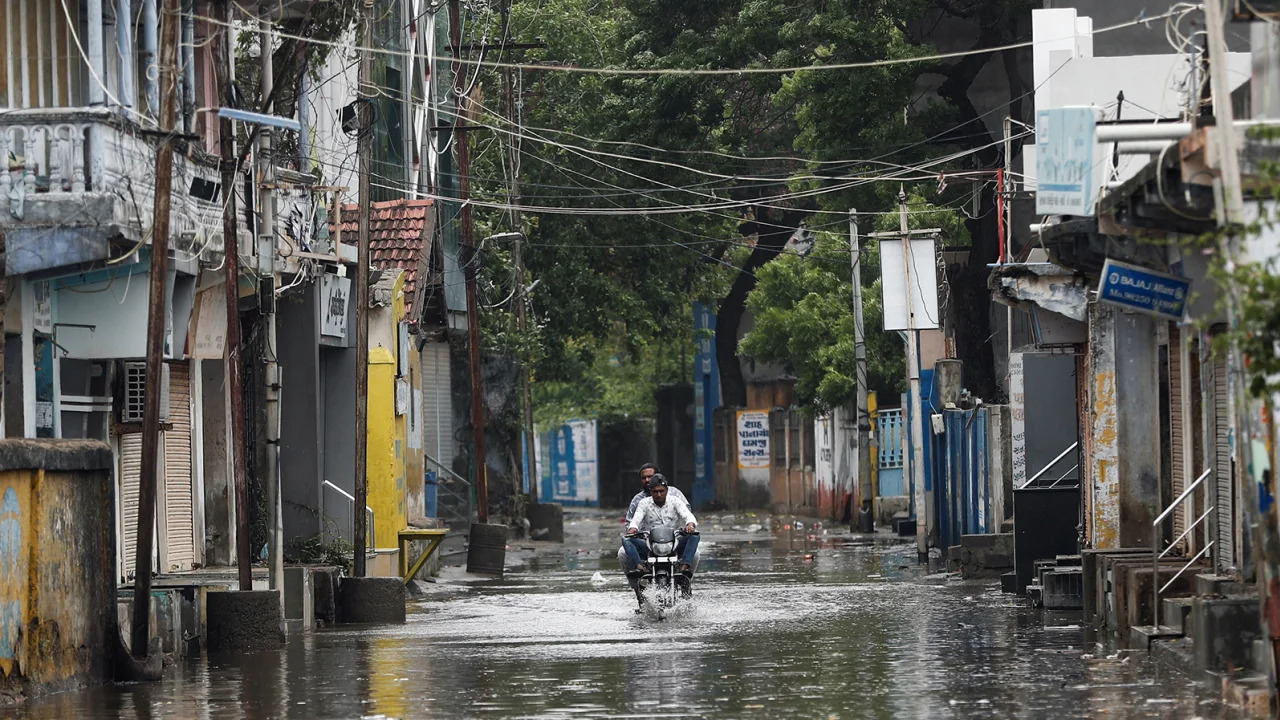More than 100,000 people have been evacuated in India and Pakistan as a result of an oncoming storm, TACC reports on June 15.
Gujarat, India, has already been hit by the storm. The disaster could possibly reach the coast of Pakistan's Sindh province. Local governments evacuated 170,000 people and established 75 relief camps in schools. Fishermen are not permitted to set sail and 76 trains in coastal areas were cancelled. Dwarkadhish Temple and Somnath Temple, two of Gujarat's most famous mediaeval Hindu temples, are closed.

As of June 16, morning local time, two people had been slain in India, bringing the total number of people killed in the country to nine. Earlier this week, four boys drowned off the coast of Mumbai, the country's financial centre, while three people died in Gujarat's Kutch and Rajkot districts after a wall fell due to heavy rain and strong winds, according to Reuters, citing local authorities.
The Indian army and coast guard are ready to assist with rescue and relief efforts.
Pakistan's Climate Change Minister, Sherry Rehman, tweeted on Friday that the country had been "prepared but largely spared the full force" of Biparjoy.
According to the Joint Typhoon Warning Center, Biparjoy was a powerful tropical storm with winds of 65 mph (100 kph) when it made landfall.
Heavy rain advisories for northwest India are expected to stay in effect till June 17. Rainfall of 150 to 250 mm (6 to 10 inches) is expected, with isolated quantities reaching 500 mm (20 inches).
Earlie in June, Daryo reported that Cuba's eastern Granma region has been ravaged by heavy rain, leading to widespread flooding and causing at least two fatalities. The torrential downpours, brought by the remnants of Hurricane Agatha, have caused significant damage and forced thousands of people to evacuate their homes.The aftermath of Hurricane Agatha, which claimed the lives of nine individuals on June 5, has been particularly devastating for Western and central areas of Cuba, including Havana. The Cuban weather service has warned that the heavy rain would persist until the afternoon of June 10, with some areas expected to receive more than 20cm (8in) of rainfall.
A study published in Frontiers in Earth Science in 2021 by researchers at the Shenzhen Institute of Meteorological Innovation and the Chinese University of Hong Kong found that tropical cyclones in Asia could have double the destructive power by the end of the century, with scientists claiming that the human-made climate crisis is already making them stronger.
Comments (0)